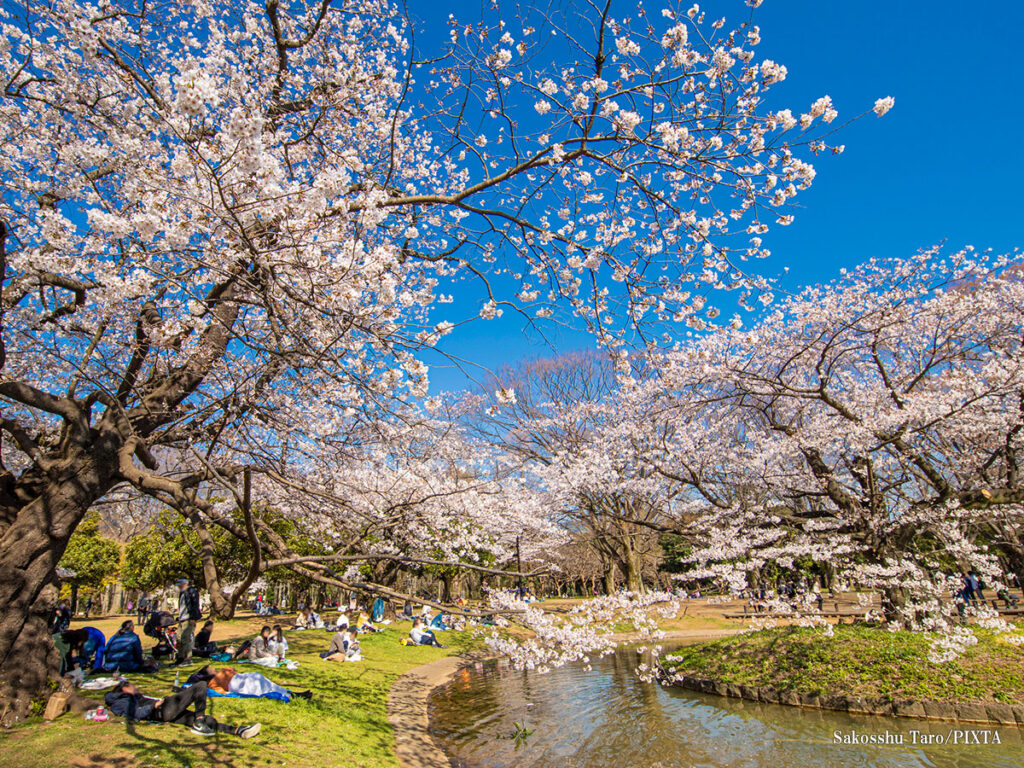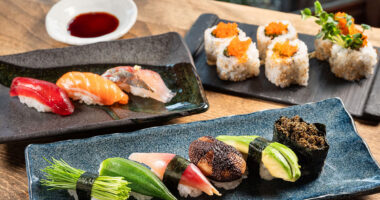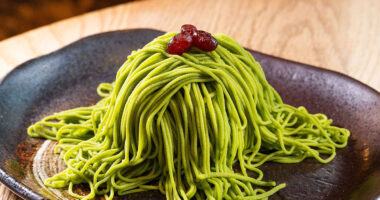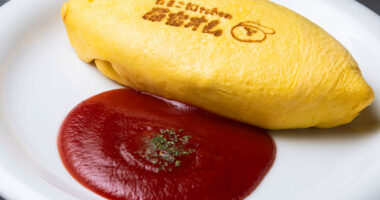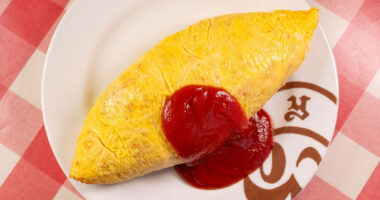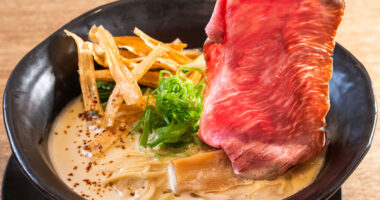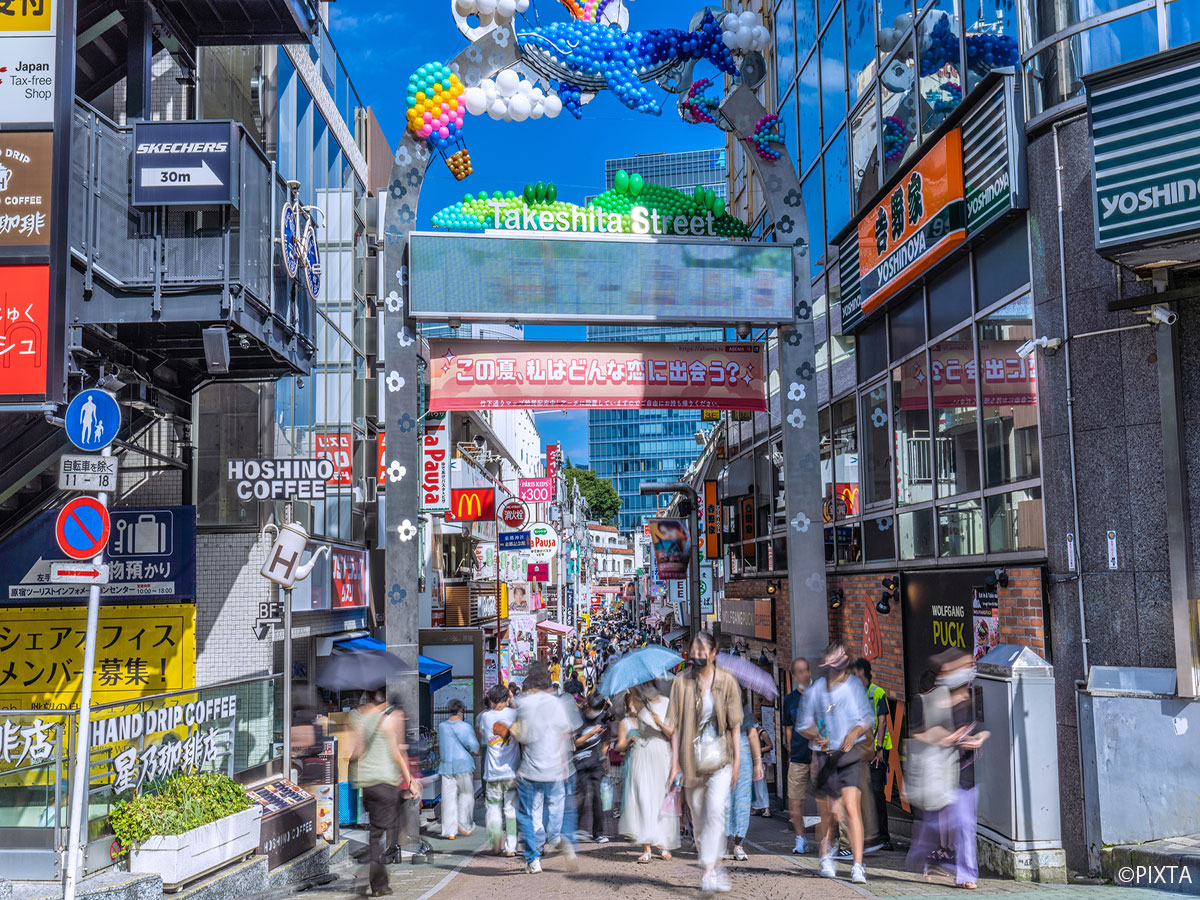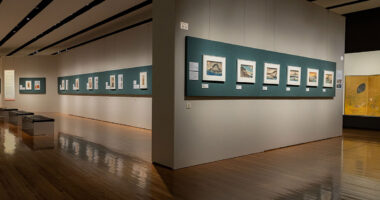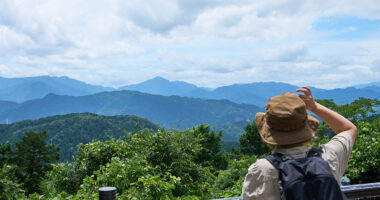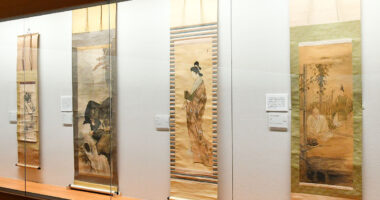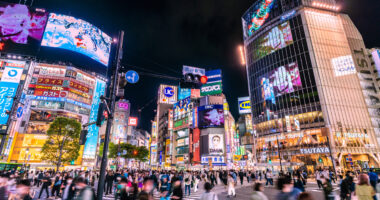Nestled beside JR Yamanote Line’s Harajuku Station, Yoyogi Kōen (Yoyogi Park) is a lush urban oasis. Transforming with the seasons, this park offers fresh discoveries with every visit.
Here’s a helpful guide to its natural and cultural highlights, perfect for a spontaneous stop during your travels.
Why visit Yoyogi Park
Spanning about 540,000 square meters (133 acres), Yoyogi Park nurtures seasonal flora, serving as a beloved escape from Tokyo’s bustle.
It features expansive lawns, serene walking paths, and paid sports facilities, ideal for jogging, cycling, or picnicking.
A hub for multicultural exchange, the park hosts year-round events showcasing global cultures, letting visitors feel like they’re traveling the world in central Tokyo.
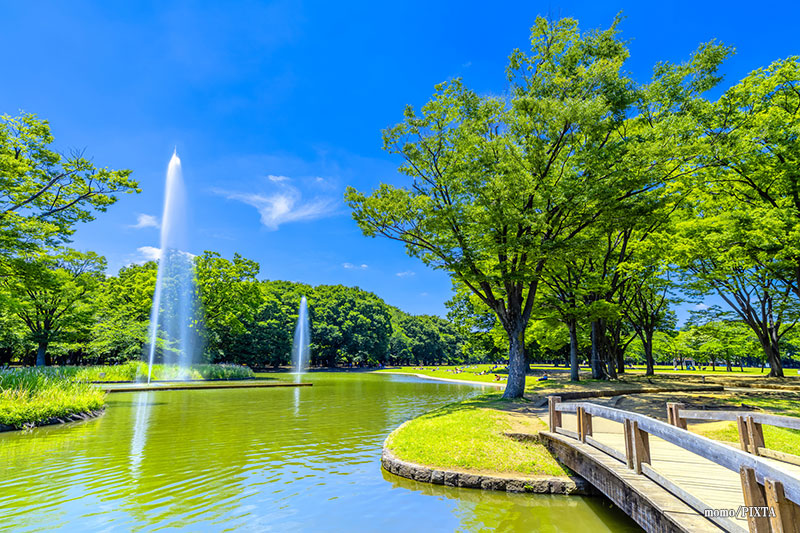
Yoyogi Park (photo for illustrative purposes)
Pairing a visit with nearby Meiji Jingū shrine offers a blend of nature, history, and culture for a fulfilling experience.
Amid a busy Tokyo trip, unwind at Yoyogi Park, soaking in seasonal beauty and diverse cultures.
It’s a welcoming haven, a world apart within the city.
Seasonal charms of Yoyogi Park
| Season | Charm | Activities |
|---|---|---|
| Spring | Blooming cherry blossoms and Japanese hanami (cherry blossom viewing) culture | Hanami, street food stalls, photography |
| Summer | Summer, nature immersion in the woods amid diverse nature | Cycling, jogging, nature immersion in the woods, multicultural festivals |
| Autumn | Vibrant foliage during park strolls | Foliage viewing, multicultural festivals |
| Winter | Clear air for walks and street food experiences | Meiji Jingū’s hatsumōde (first shrine visit of the year), birdwatching, street food |
Spring (March–May): cherry blossoms and hanami culture
Spring in Yoyogi Park means cherry blossoms. From late March to early April, about 700 cherry trees burst into bloom, offering a prime chance to experience Japan’s hanami (flower viewing) culture.
Popular hanami spots include the Central Plaza and Sakura Garden. From Harajuku Gate, pass Panorama Plaza to find Central Plaza on your right and Sakura Garden on your left.
Both offer spacious lawns perfect for spreading picnic mats (or “leisure sheets” as they’re known in Japan)
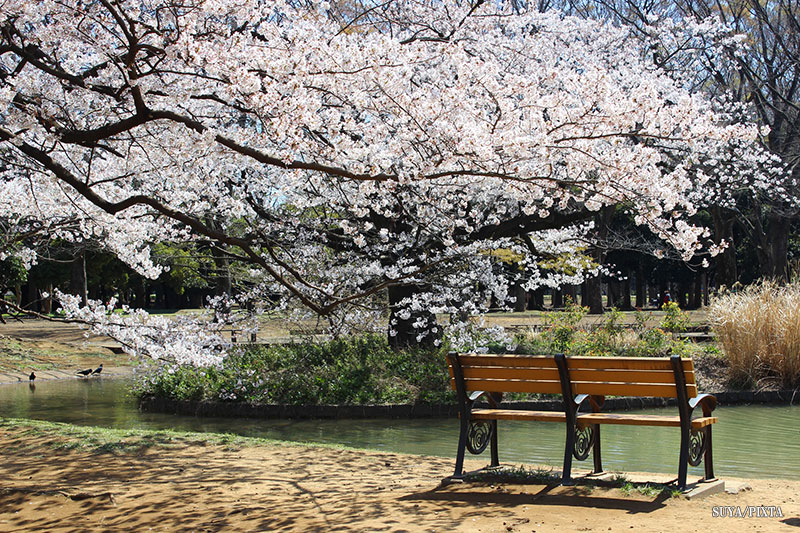
Yoyogi Park in the spring (photo for illustrative purposes)
For hanami, grab snacks like onigiri or drinks at convenience stores near Harajuku Station.
Sometimes on weekends and holidays, food stalls offer Japanese street foods like takoyaki (octopus dumplings) and yakisoba noodles.
Bring a leisure sheet, wet wipes, trash bags, and a blanket for comfort.
Days are warm, but evenings can be chilly, so pack warm clothing. Experience Japan’s spring with all your senses at Yoyogi Park.
Summer (June–August): multicultural festivals and nature
Summer brings lush greenery to Yoyogi Park, with shady trees offering a cool retreat.
Concentrated in summer, but also through fall, Yoyogi Park hosts multicultural festivals during weekends with music, dance, and global cuisines, creating a world-travel vibe.
These lively events make the park a top summer spot for tourists.
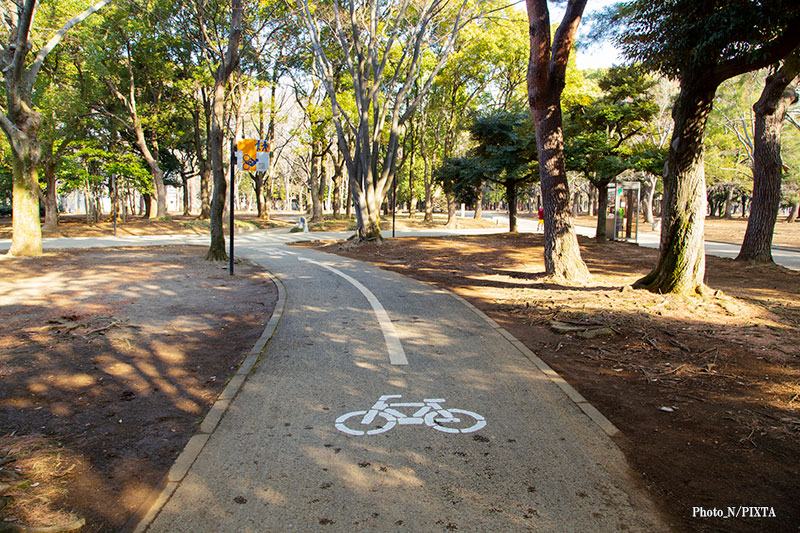
Yoyogi Park cycling course (photo for illustrative purposes)
For active visitors, rent a bike at the park’s Cycling Center to explore the cycling course, enjoying refreshing breezes.
Fall (September–November): foliage and serene culture
Fall cloaks Yoyogi Park in colorful foliage, creating a tranquil season.
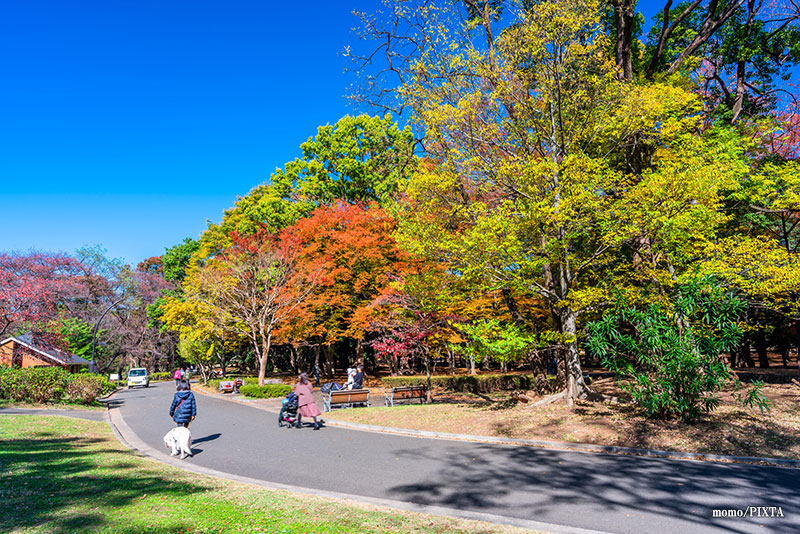
Yoyogi Park in the Fall (photo for illustrative purposes)
From mid-November to early December, maples and ginkgo trees turn vivid, painting the park like a masterpiece.
Golden ginkgo avenues and red maples soothe visitors. In early fall, the sweet scent of kinmokusei (osmanthus) drifts on the breeze. You can truly appreciate the fluctuations of the season with all your senses.
Near Harajuku Gate, a large torii leads to Meiji Jingu’s South Approach, making it easy to extend your visit.
Meiji Jingu’s forest, cultivated over a century, offers a serene urban escape.
Winter (December–February): serenity and New Year traditions
Winter wraps Yoyogi Park in crisp air and quiet, perfect for escaping city noise.
Bare trees frame a clear winter sky, ideal for walks or nature immersion in the woods.
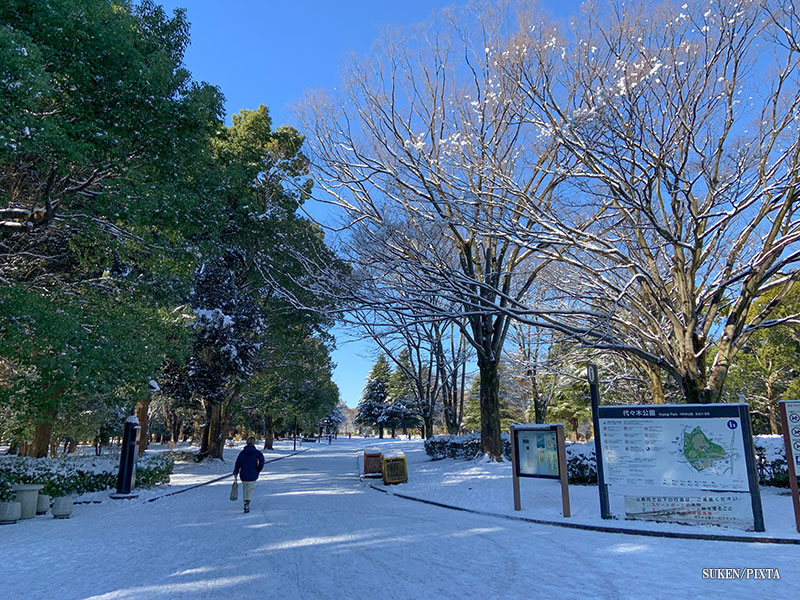
Yoyogi Park in Winter (photo for illustrative purposes)
Adjacent Meiji Jingu is a renowned hatsumode spot, drawing crowds for New Year prayers and traditional festivities.
After visiting, enjoy street stalls serving amazake (a traditional fermented sweet drink made of rice) or warm foods for a taste of winter Japan.
Winter events are fewer, but Meiji Jingu’s traditional rituals and quiet park strolls offer peaceful moments.
FAQ: making the most of your Yoyogi Park visit
Q: Can you eat or drink in Yoyogi Park?
A: Eating and drinking are allowed. Many picnic on the lawns or enjoy snacks. Dispose of trash in designated bins or take it with you. During spring or events, food stalls offer on-site dining options.
Q: Are there areas for kids to play?
A: The park has playgrounds with equipment and open lawns for kids to run. Sports facilities like ball fields, a track, and basketball courts cater to adults, making it family-friendly all day.
Q: How do I get to Yoyogi Park from Harajuku Station?
A: From JR Yamanote Line’s Harajuku Station, it’s a 3-minute walk to Harajuku Gate. Use the Omotesando Exit and head west for the shortest route. Tokyo Metro Chiyoda Line’s Meiji-jingumae ‘Harajuku’ Station is also nearby; Exit 1 leads directly to the park.
Q: Is there an entrance fee?
A: Yoyogi Park is free to enter as a public park, open from morning to evening for enjoying seasonal nature. However, some sports facilities may charge fees.
*All information in this article is accurate as of August 2025.
